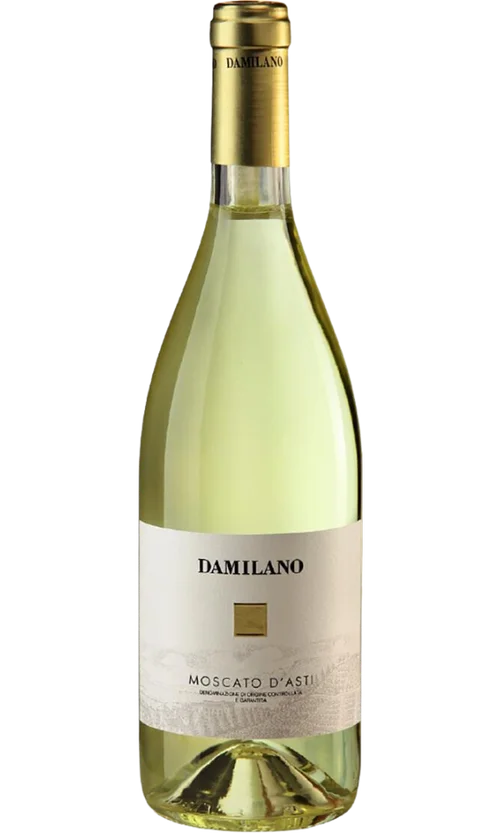About Piedmont
Piemonte Facts
Sheltered by the Alps to the north and west, and by the Mediterranean Sea to the south, Italy's Piedmont region has a continental climate, with cold winters and very warm, dry summers, with frequent heavy fog in the autumn. A majority of the most renowned Piedmont wines come from the Alba area, in south-central Piedmont, and from the areas of Asti and Alessandria a bit farther north and east.
Varietals Grown in the Piemonte
Piedmont is the ancestral home to the Nebbiolo grape, which is responsible for two of Italy's greatest red wines, Barolo and Barbaresco. The best Barolos and Barbarescos are made in limited quantities on a series of mostly south-facing ridges perched above the frequent October fog (nebbia) in the Langhe hills around Alba, Italy's white truffle capital. The far less expensive and more user-friendly reds Dolcetto and Barbera have attracted widespread interest in export markets over the past decade, due partly to the soaring prices of Barolo and Barbaresco. But the growing popularity of Piedmontese cuisine has also helped stimulate interest in these Piedmont wines. The natural acidity and taut structure of Piedmont wines provides a refreshing foil to the hearty meat dishes of the region, and their complex floral/earthy character works wonderfully with that other notable local product, the truffle. For most of the past century, Barolo was an austere, powerful, and often rustic Piedmontese wine whose fierce tannins and pronounced acidity made it virtually unapproachable in the first decade of its life in bottle. But wines, like fashions, change with the times: today's Barolos and Barbarescos are coveted by mainstream wine lovers around the world. Two developments have accounted for this surge in popularity: a revolution in winemaking techniques that has produced Piedmont wines that are more accessible in their youth, and an exciting proliferation of vineyard-designated bottlings, which enables connoisseurs to compare Piedmont wines from different villages and sites the way Burgundy lovers can compare the wines of Chambolle-Musigny with those of Vosne-Romanee.
Flavors of Piemonte
Barbaresco, located just north of Alba (Barolo is just to the southwest), is quite similar to Barolo in aromas and flavors, which can include cherry, plum, raspberry, licorice, truffle, mushroom, dried rose, road tar, leather, marzipan, underbrush, and menthol. Barbaresco is normally a somewhat more elegant wine with a bit less body and tannic grip, but the similarities between the wines far outweigh the differences. In fact, a Barbaresco may be as powerful as, and require more aging than, many new-wave examples of Barolo--and can be capable of 20 years or more of positive evolution in bottle. Gavi, the most popular Piedmont white wine and the most widely distributed in the U.S., is made mostly or completely from the Cortese variety planted in the extreme south of Piedmont, in the province of Alessandria. Wines labeled Gavi di Gavi come from vineyards around the favored town of Gavi. The vast majority of these wines are simply very dry whites of modest concentration and complexity, crisp at their best but often lacking verve and grip, and best consumed young. Gavi tends to have a pale straw color; subtle if not somewhat neutral aromas of citrus fruits, apple, flowers, minerals, and honey; and high acidity. The best examples are fruity, balanced, and persistent--and excellent accompaniments to fish dishes.

























